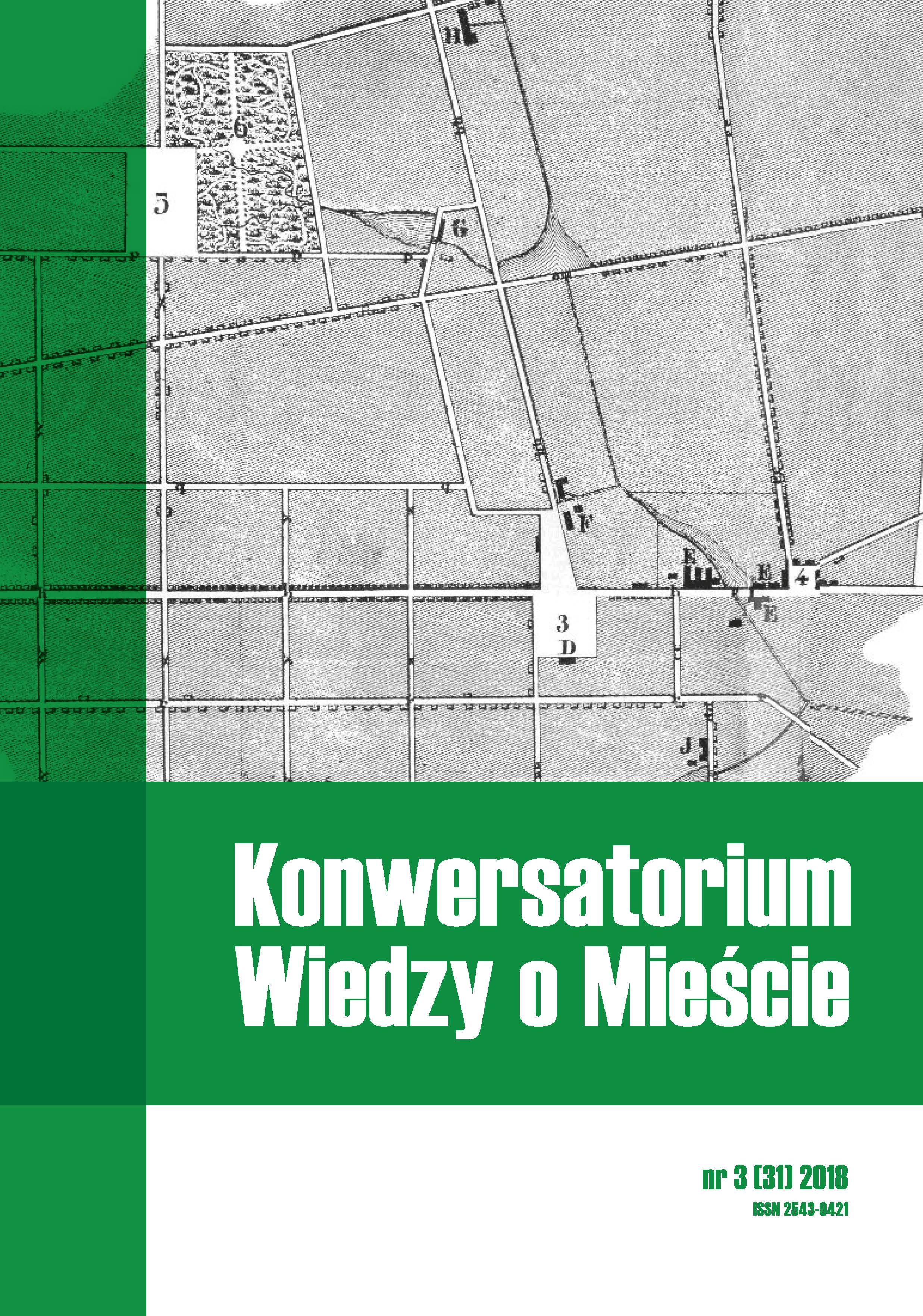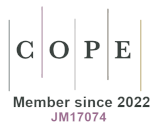Improving quality of life through the place branding of the Lashkar Abad Neighborhood in Ahwaz (Iran)
DOI:
https://doi.org/10.18778/2543-9421.03.01Keywords:
quality of life, place branding, tourism assets, Ahwaz (Iran)Abstract
Iran has many tourism assets in its cities which can be developed by place branding and destination marketing. Anousheh Street in the Lashkar Abad neighborhood of Ahwaz shows good practice in this field. It is a dynamic and active public space in a tourism context that has become well-known in spite of its inappropriate economic and social background. This article describes the process of change. For this purpose, it uses the analysis based on interviews with stakeholders. It indicates features modelled on the principles of place branding. The results show how urban development can be enhanced relying on tourism assets.
References
Anholt, S. (2010). Definitions of place branding: Working towards a resolution place branding and public diplomacy. Place Branding and Public Diplomacy, 6 (1), pp. 1-10.
Google Scholar
DOI: https://doi.org/10.1057/pb.2010.3
Ashworth, G. (2009). The instruments of place branding: how is it done? European Spatial Research and Policy, 16 (1), pp. 9-22.
Google Scholar
DOI: https://doi.org/10.2478/v10105-009-0001-9
Cleave, E., Aruk, G., Sadler, R., Gilliland, J. (2016). The role of place branding in local and regional economic development: Bridging the gap between policy and practicality. Regional Studies, Regional Science, 3 (1), pp. 207-228.
Google Scholar
DOI: https://doi.org/10.1080/21681376.2016.1163506
Deffner, A., Metaxas, T. (2010). Place marketing, local identity and branding cultural images in Southern Europe: Nea Ionia, Greece and Pafos, Cyprus. In: G. Ashworth, M. Kavaratzis (eds.), Towards effective place brand management. Branding European cities and regions. Cheltenham: Edward Elgar Publishing.
Google Scholar
Dominguez Garcia, M.D., Swagemakers, P., Bock, B.B., Simón Fernandez, X. (2012). Making a living: grassroots development initiatives, natural resource management and institutional support in Galicia, Spain, European Countryside, 4 (1).
Google Scholar
DOI: https://doi.org/10.2478/v10091-012-0011-x
Dominiguez García, M., Horlings, L., Swagemakers, P., Simón Fernández, X. (2013). Place branding and endogenous rural development. Departure points for developing an inner brand of the River Minho estuary. Place Branding and Public Diplomacy, 9 (2), pp. 124-140.
Google Scholar
DOI: https://doi.org/10.1057/pb.2013.10
Florek, M., Insch, A. (2011). When fit matters: Leveraging destination and event image congruence. Journal of Hospitality Marketing & Management, 20 (3-4), pp. 265-286.
Google Scholar
DOI: https://doi.org/10.1080/19368623.2011.562413
Hall, T., Hubbard, P. (1996). The entrepreneurial city: New urban politics, new urban geographies? Progress in Human Geography, 20 (2), pp. 153-174.
Google Scholar
DOI: https://doi.org/10.1177/030913259602000201
Hass, L.D. (2013). A review of the notions of place branding and place identity in literature. Wageningen: Wageningen University.
Google Scholar
Kavaratzis, M. (2004). From city marketing to city branding: Towards a theoretical framework for developing city brands. Place Branding, 1 (1), pp. 58-73.
Google Scholar
DOI: https://doi.org/10.1057/palgrave.pb.5990005
Maheshwari, V., Vandewalle, I., Bamber, D. (2016). Place branding’s role in sustainable development. Journal of Place Management and Development 4 (2), pp. 198-213, https://doi.org/10.1108/17538331111153188
Google Scholar
DOI: https://doi.org/10.1108/17538331111153188
Oliveira, D.S., (2016). Place branding in strategic spatial planning: An analysis at the regional scale with special reference to Northern Portugal. Doctoral disertation. Groningen: University of Groningen.
Google Scholar
Ornston, D. (2014). When the high road becomes the low road: The limits of high tech competition in Finland. Review of Policy Research, 31 (5), pp. 454-477.
Google Scholar
DOI: https://doi.org/10.1111/ropr.12091
Pazhotan, E. (2018). Reports of the Event “The second National Award for Urban Regeneration Practices”. Haft Shahr, 59&60.
Google Scholar
Quality Indicator Measure Development, Implementation, Maintenance, and Retirement (Prepared by Battelle, under Contract No. 290-04-0020). Rockville, MD: Agency for Healthcare Research and Quality (May 2011).
Google Scholar
Rafieiyan, M., Mohammadi Aydaghmish, F. (2017). Proposing a conceptual framework of urban regeneration interaction and entrepreneur city in achieving place marketing. Journal of Urban Economics and Management, 5, 2 (18), pp. 1-20.
Google Scholar
Shaikh Aleepour, R. (2017). An evaluation into consequences of forming anoshe street arcade in Lashkar Abad neighbourhood of Ahwaz city. Ahwaz: s.n.
Google Scholar
Vuignier, R. (2016). Place marketing and place branding: A systematic (and tentatively exhaustive) literature review. (Working Paper d l’IDHEAP, 5/2016), https://hal.archives-ouvertes.fr/hal-01340352/document
Google Scholar
Yazdanpanah Shahabadi, M., Sajadzadeh, H., Rafieyan, M. (2019). Developing a conceptual model for place branding: A reviw on teoritical literature. Bagh- e Nazar, 16 (71), pp. 19-34.
Google Scholar
Zenker, S., Rütter, N. (2014). Is satisfaction the key? The role of citizen satisfaction, place attachment and place brand attitude on positive citizenship behavior. Cities, 38, pp. 11-17.
Google Scholar
DOI: https://doi.org/10.1016/j.cities.2013.12.009
Downloads
Published
How to Cite
Issue
Section
License

This work is licensed under a Creative Commons Attribution-NonCommercial-NoDerivatives 4.0 International License.









